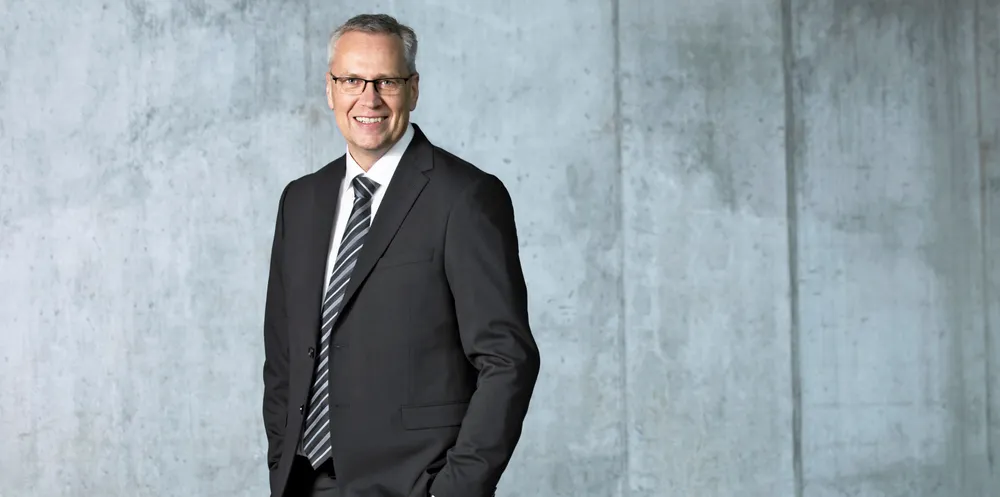'To reach net zero, the mechanics of the renewable energy industry must evolve – and quickly'
Wind and solar have shown they can competitively meet global energy demand, but as Tommy Rahbek Nielsen writes, to answer the demands of the climate emergency a new mindset is needed on manufacturing
